January 22, 2018
University of Montana Western Assistant Professor of Geology, Geochemistry and Climate, Spruce Schoenemann has been awarded a research grant from the Montana NASA Space Grant Consortium.
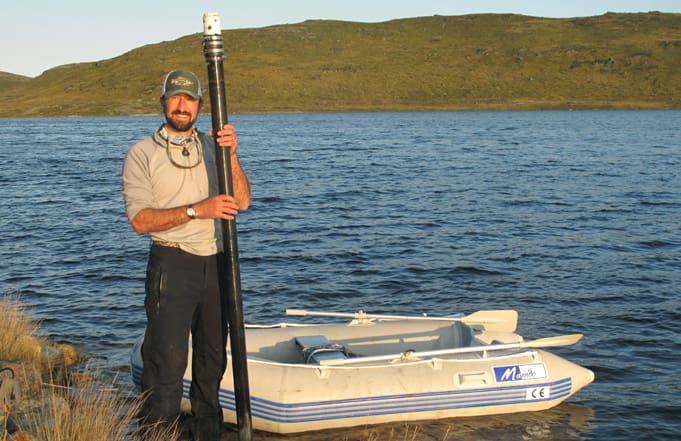
Titled “Precipitation Isotope Ratios and Tree-ring based Snowpack Relationships to inform Paleoclimate Reconstructions from Lake Sediment Cores,” this twelve-month research project aims to create a climate reconstruction based on isotope data collected from lake sediments, cross-referenced with tree ring records to provide an idea of the past climate and snowpack in Southwestern Montana going back up to 10,000 years.
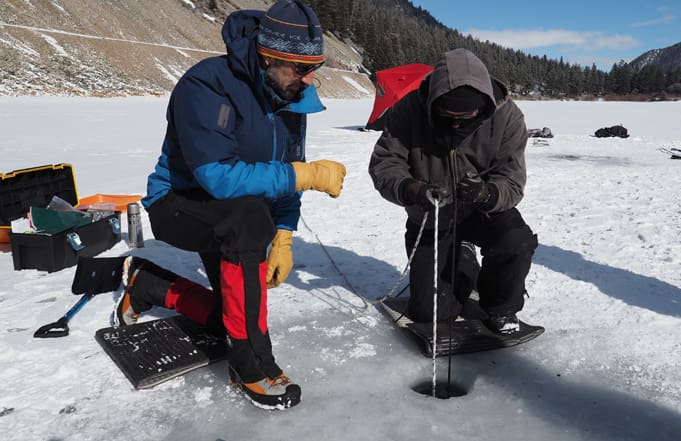
“This is an exciting opportunity to create a reconstruction of the snowpack and climate of the area, potentially going back all the way to the Early Holocene epoch, a time when temperatures were similar to the present day,” said Schoenemann.
The existing data of tree rings goes back approximately 1,000 years. Schoenemann and his collaborators, Dr. Greg Pederson (USGS) and Dr. Dave McWethy and Justin Martin (Montana State University), as well as students from the University of Montana Western, will assist in the collection of core samples taken from alpine lakes in Southwestern Montana. They will then analyze the sediment samples for oxygen isotopes (δ18O), which record variations in the lake water driven by runoff from snowpack over decadal timespans. The colder the winter and the more snowpack that was present in a year, the more negative the oxygen isotope values, which are then precipitated as calcite in the sediments of the lakes. The isotopes remain in the lakebed sediments for thousands of years, and will be cross referenced with snowpack histories from the tree ring database, allowing for a viable snowpack and climate reconstruction to be generated covering multiple millenniums.
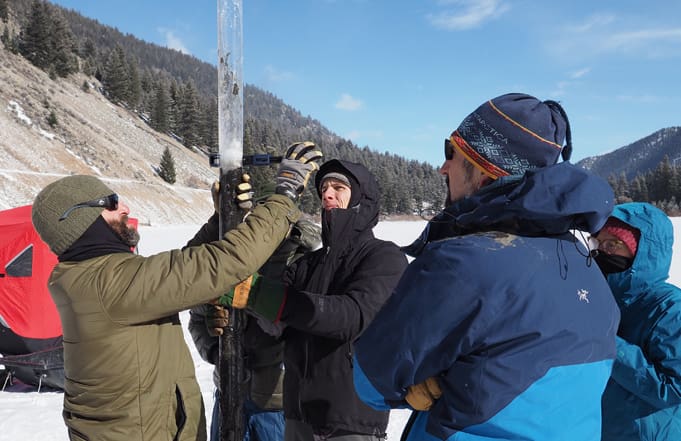
The data from the study will also be used to determine how a warming climate can affect future snowpack levels and regional water balance.
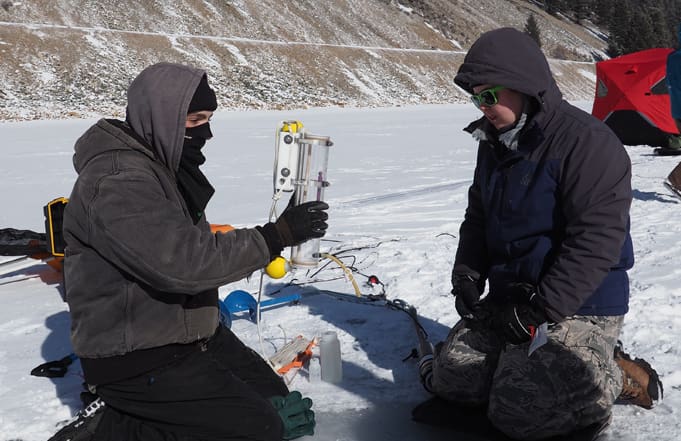
Future studies can also look at specific elements in the core samples, to further correlate the findings to known historical events and to learn about events that happened before recorded history. This includes looking for the presence of charcoal to learn more about fire seasons, pollen grains to track the prevalence of plant and tree species, and trace minerals that can indicate erosion, based on the lake’s location and the area’s geologic composition.
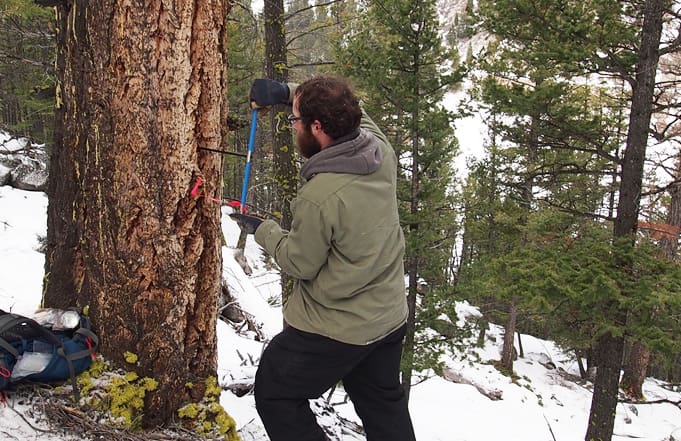
“One of the reasons that NASA is interested in this research is because it can help them to fine-tune their remote sensing technology,” said Schoenemann. Current satellite technology is limited in the effectiveness of accurately measuring snowpack from earth’s orbit. Eventually, modern snowpack data from the study can be compared to satellite and airborne data, which in turn will help to improve future remote sensing technology.
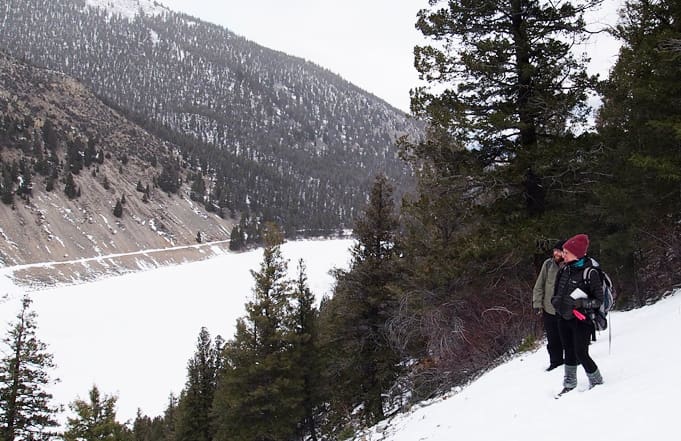
For more information about the grant and research, please contact Professor Schoenemann by email at [email protected].